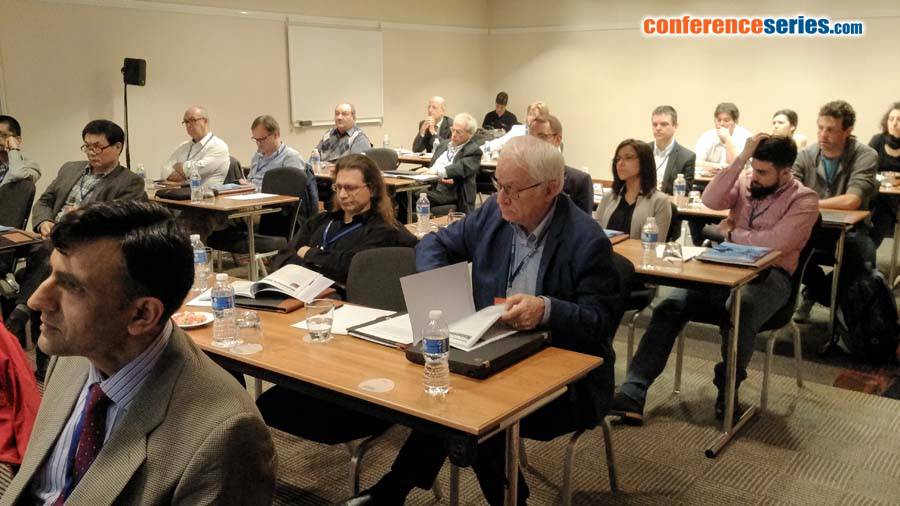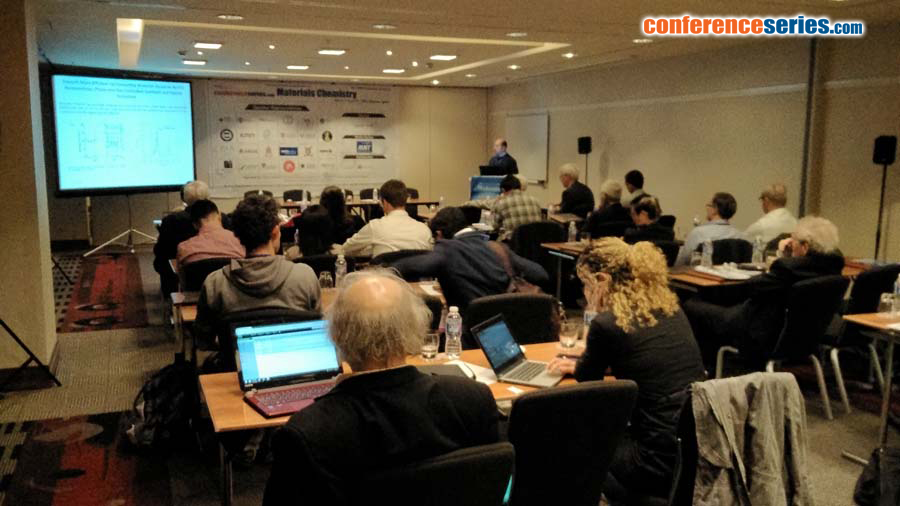
Irina Roșca
Petru Poni Institute of Macromolecular Chemistry, Romania
Title: Inclusion complexes of propiconazole nitrate with substituted β-cyclodextrins II: In vitro assessment of antifungal properties
Biography
Biography: Irina Roșca
Abstract
Candida albicans infections are an important health issue fuelled, paradoxically, by the advancements in medical care. The prophylactic administration of antifungals generates antifungal resistance and this underlines the need for new antifungal agents. Inclusion complexes of protonated propiconazole nitrate (PCZH-NO3) with three substituted Cyclodextrin (CD) derivatives, namely sulfobutylether β CD (SBE7 β CD), sulfated β CD (β CD SNa) and monochlorotriazinyl β CD (MCT β CD) were investigated as new antifungal systems. The antifungal activity of the inclusion complexes was assessed on 20 Candida spp. clinical isolates. The in vitro susceptibility testing was performed following the EUCAST EDef 7.2 guideline. To assess the cytotoxicity, the CellTiter 96®aqueous one solution cell proliferation assay was performed on Normal Human Dermal Fibroblasts (NHDF). All complexes showed antifungal activity at low concentrations. The IC50 values were two to three orders of magnitude higher than the concentrations required for antifungal activity. The 95% CIs indicate a significantly higher cytotoxicity for the complex with the parental β CD compared to those with the other three CD derivatives. The much lower concentrations required for the antifungal effect, compared to the IC50 cytotoxicity values, prove a high selectivity of the active compound for the fungal cells. The lack of significant differences in the antifungal susceptibility tests and the differences in cytotoxicity between the β-CD complex and the other three suggest that the type of cyclodextrin may be more important for the interaction with the human organism than it is for the actual antifungal activity.




